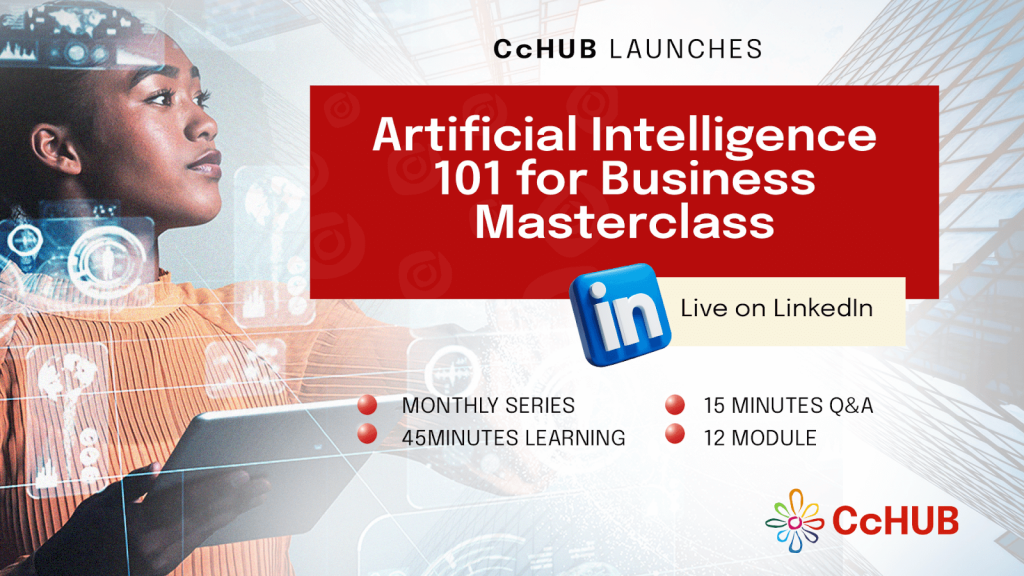Introduction
Artificial Intelligence (AI) has emerged as a transformative force in the global business landscape, reshaping industries and redefining operational paradigms. From automating routine tasks to generating invaluable insights, AI drives efficiency and innovation across sectors. This technological revolution is making significant inroads in both developed economies and emerging markets, addressing unique challenges and unlocking new opportunities. This article highlights common myths and insights about AI to help us understand its limitations and capabilities.
Transitioning from Myths to Reality
As AI continues to evolve and integrate into various aspects of business, it’s important to distinguish fact from fiction. Many misconceptions about AI persist, potentially hindering its effective adoption and implementation. By examining these myths and clarifying the realities, we can approach AI implementation with realistic expectations and a clear understanding of the myths.
Common Myths about AI
Here are some of the common myths about AI and the realities:
Myth 1: AI is Approaching Human Intelligence
Reality: Based on current progress, AI systems operate within narrow domains and heavily rely on the data they are trained with, which limits their ability to exhibit human creativity or fully understand context:
- AI excels in tasks involving pattern recognition and data processing, such as image recognition or natural language processing.
- However, it struggles with tasks requiring deep understanding and detailed decision-making.
- Human intelligence encompasses a wide range of cognitive abilities, including self-awareness and unique experiences, which AI does not possess.
Myth 2: AI is Unbiased
Reality: AI systems can indeed exhibit biases, often due to the data they are trained on. If the training data contains biases, the AI can inadvertently learn and perpetuate those biases. This can manifest in various ways, such as:
- Biased hiring algorithms
- Facial recognition systems with uneven performance across demographics
- Search engine results that reflect societal prejudices
Developers and users of AI systems must be aware of potential biases and work actively to mitigate them.
Myth 3: AI Will Take Over People’s Jobs
Reality: While AI does automate certain tasks, it also creates new roles and opportunities:
- AI automates repetitive and time-consuming tasks, freeing up human workers for more creative and strategic work.
- New jobs are emerging to develop, manage, and monitor AI systems.
- A recent study found that while some routine jobs may be replaced, the overall effect of AI on employment has been positive, with new and more complex tasks arising as companies adopt advanced technologies.
- The most effective implementations of AI complement human intelligence rather than replace it entirely.
Myth 4: Only Tech Giants Can Use AI for Operations
Reality: Big tech companies often lead in AI development, and its applications are increasingly accessible to businesses of all sizes:
- Many AI solutions are now available as cloud services, making them accessible to small and medium-sized enterprises (SMEs).
- User-friendly AI tools are being developed for various business functions, from customer service to data analysis.
- The democratisation of AI is allowing businesses across sectors to leverage its benefits without needing extensive in-house technical expertise.
Myth 5: Only Tech Experts Can Use AI Effectively
Reality: Numerous user-friendly AI solutions are now available for non-tech experts:
- Many AI tools feature intuitive interfaces designed for users without technical backgrounds.
- AI is being integrated into familiar software and platforms, making its use seamless for many professionals.
- While deep technical knowledge is necessary for developing AI systems, using AI-powered tools often requires minimal technical expertise.
Myth 6: AI Can Think and Act Like a Human
Reality: While AI can process data much faster than humans and excel at pattern recognition, it lacks human-like consciousness:
- AI can mimic certain aspects of human thinking, such as learning from data and making decisions based on patterns.
- However, AI lacks the full range of human cognitive abilities, including emotions, creativity, and subjective experiences.
- The strength of AI lies in complementing human intelligence, not replicating it entirely.
Myth 7: AI won’t affect my business
Reality: AI is increasingly essential across businesses that ignore its potential risk of falling behind:
- Many business leaders believe their operations are too specialized or traditional to be impacted by AI technologies, but this is no longer the case.
- Companies that adopt AI can improve efficiency, enhance decision-making, and gain insights previously unattainable, allowing them to adapt quickly to market changes.
Understanding these realities about AI is important for businesses looking to leverage its potential effectively. By dispelling these myths, we can approach AI implementation with realistic expectations.
Curious about how AI can enhance your productivity and efficiency? We’ve got you covered! CcHUB is thrilled to introduce our 12-Module AI for Business Masterclass, launching on 28th September 2024 with a 1-hour session (the first in a series of 12 sessions).Join this invaluable learning opportunity, where industry experts will share their insights and guide you through practical AI applications for success. Register now: https://lu.ma/fuzn7chs
